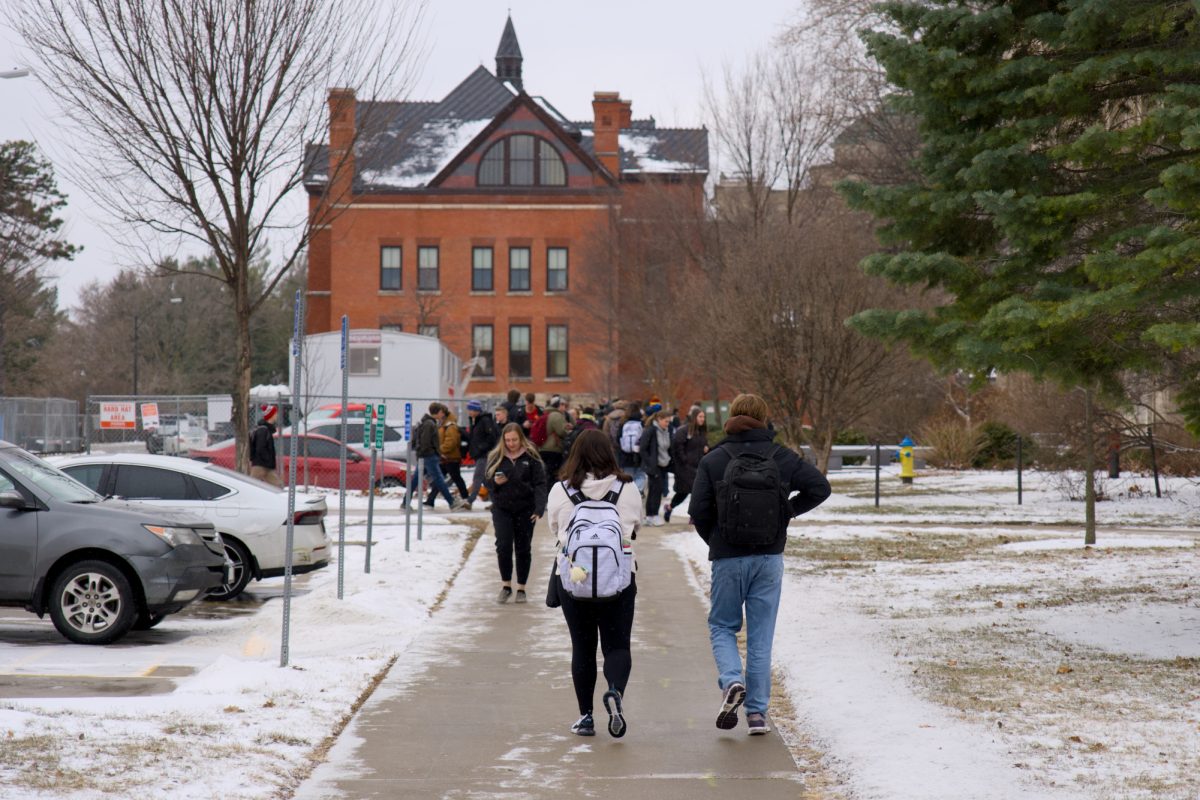Reports: More training needed on bioterrorism threat reaction
January 18, 2005
WASHINGTON — After the Sept. 11 attacks, the threat of bioterrorism had much of the American public buying bottled water and latex gloves.
With the recent catastrophes in California and Indonesia adding natural disasters to the salient list of threats, the country’s public health experts are beginning to wonder if the current system is the most effective way to deal with a crisis situation.
The Century Foundation’s Working Group on Bioterrorism Preparedness, commissioned by the Department of Homeland Security, released its final report Thursday, detailing recommendations on how to keep the country safe.
The panel of public health experts found that, although much progress has been made, more can be done — namely, in training personnel on how to react to a bioterrorism threat.
“Most people who walk into a doctor’s office don’t walk in and say ‘I have anthrax,'” said Dr. Georges Benjamin, executive director of the American Public Health Association and member of the foundation’s bioterrorism panel.
“No, they look and sound and act like they have the flu. It is important to have the research capacities so we can understand this science earlier.”
Trust for America’s Health, a nonprofit, nonpartisan organization concerned with all aspects of public health, released a report last December entitled “Ready or Not: Protecting the Public Health in the Age of Bioterrorism.”
Michael Earls, spokesman for the trust, said the Century Foundation’s report parallels the themes found in its own.
“A lot of the recommendations echo what we have said in our report,” Earls said.
However, when it comes down to the central problem facing the issue, he said it is as basic as defining what constitutes bioterrorism.
“The core, essential element we’ve uncovered is that the elements of preparedness are all going to be the same,” he said. “Whether it be natural or an attack.”
Another area for improvement included in both reports is the need for a monitoring system to see where money is being spent.
“There haven’t been sufficient levels of assessment on how the money has been used,” Earls said.
Iowa public health officials said they assess what works and what doesn’t without the supervision of the federal government.
“On a state level, we do have an emergency plan in place,” said Kevin Teale, communications director for the Iowa Department of Public Health.
“We do state-wide drills to see where we are in the process. From there, we find out what we need to work on.”
Teale said the only way to see if the system really works is to have something bad happen, but he feels Iowa is ready to test it’s mettle.
“We are working on using part of our federal grants to purchase a two-way radio system, to open up communication between clinics in case phones go down,” he said. “We think we have a pretty good system set up in Iowa.”






